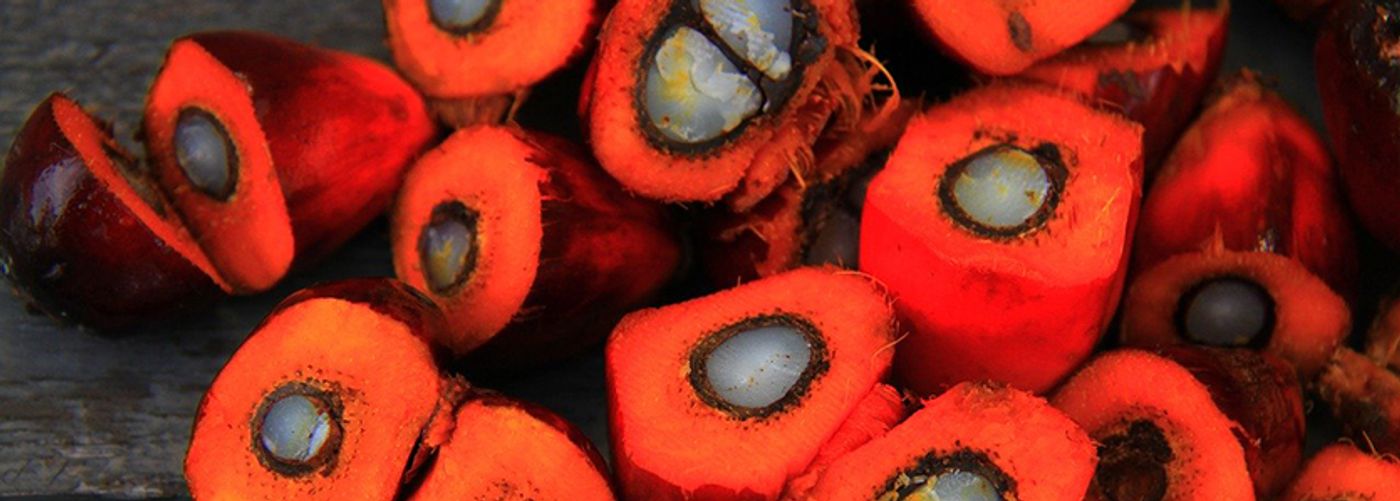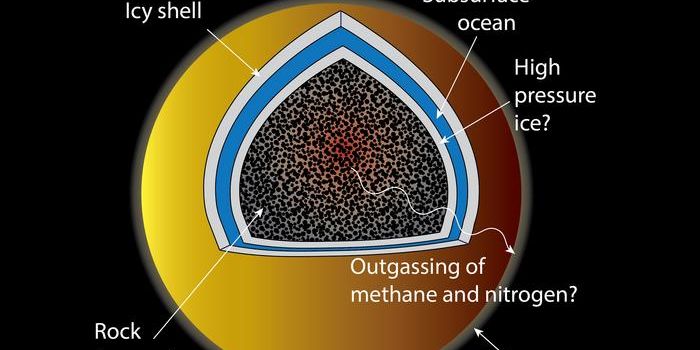Scientists Assess GHG Emissions Related to Palm Oil Land Conversion
Palm oil production remains problematic in several ways, and a new study from researchers at the University of Nottingham has quantified one of these problems. Scientists know that the process of converting tropical peat swamp forests to palm oil plantations emits greenhouse gases. However, they did not know how much, and how each stage of forest conversion changed emissions over time. This new study, published this week in Nature Communications, is the first to examine levels of greenhouse gas emissions at different age stages of palm oil plantations.
Tropical peat swamps are vital carbon sinks, and according to this study, they hold 20% of global peatland carbon. Additionally, they play essential roles in nitrogen and oxygen cycles. The video below, although not directly related to this study, explains the role that peat swamps play in these cycles and how converting these habitats to palm oil plantations impacts emissions.
The University of Nottingham research team studied the North Selangor peat swamp forest in Malaysia. According to the study, Malaysia is the world’s second-largest palm oil producers, and palm oil remains the most consumed and most widely traded vegetable oil in the world. The team analyzed five sites at four different stages: secondary forest, recently drained but uncleared forest, cleared and recently planted young palm oil plantation, and mature palm oil plantation.
They discovered that the most significant fluctuations of carbon dioxide occurred during the drainage and young palm oil stages, with 50% more greenhouse gas emissions than mature palm oil plantations. The researchers estimate that converting peat swamps in this region contributes between 16.6 and 27.9% of total national greenhouse gas emissions from Malaysia and Indonesia.
In a new release from the University regarding the study, study author Dr. Sofie Sjogersten stated, “Tropical peat swamps have historically been avoided by palm oil growers due to the amount of preparation and drainage the land needs, but as land becomes more scarce there has been an increased demand to convert sites and the periphery of North Selangor is being heavily encroached upon by palm oil plantations. Our research shows that this conversion comes at a heavy cost to the environment with greater carbon and greenhouse gas emissions being caused by the early stages of the growth of palm oil.”
According to the study, the UN Framework Convention on Climate Change does not account for these greenhouse gas emissions. The researchers argue that these figures should be included when considering the sustainability of palm oil biofuels and future related policy initiatives.









